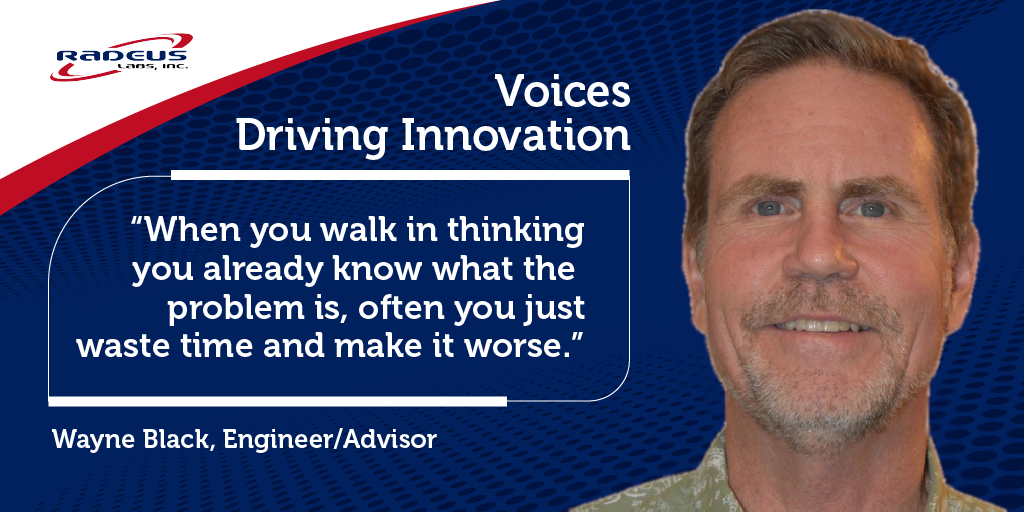If you're still relying on aging Vertex 7200 Antenna Control Units (ACUs), you're playing a risky game. These once-cutting-edge systems have been workhorses for decades, but their time is running out—leaving businesses in a precarious position.
Support ended a long time ago (2018!). Replacement parts are harder to find. Reliability is dropping.
Yet, many organizations are hesitant to upgrade, fearing costly infrastructure changes, extended downtime, and steep learning curves for their teams.
That’s exactly why we created our latest guide, A Practical Upgrade for Aging Antenna Control Systems. It walks you through the unseen dangers of holding onto outdated ACUs and the practical steps you can take to upgrade seamlessly.
The Hidden Risks of Aging ACUs
The Vertex 7200 was a leader in its day, but the industry has moved forward. While it may still work, the risks of maintaining an aging ACU are stacking up:
-
No Manufacturer Support: The 7200 was discontinued in 2018, meaning no updates, no new parts, and no technical support.
-
Increased Failures: Electronics degrade over time. Even well-maintained units are more prone to breakdowns.
-
Compatibility Issues: Legacy ACUs struggle to integrate with modern tracking and remote monitoring technologies.
-
Higher Costs: As failures increase, repair and maintenance expenses escalate—often exceeding the cost of an upgrade.
What You'll Learn in Our Guide
Our guide dives deep into why holding onto outdated ACUs is a risk you can’t afford—and how a drop-in replacement like the RL8200L can eliminate these risks without requiring a full system overhaul.
- Why aging ACUs introduce hidden operational costs and reliability concerns
- How compatibility challenges impact efficiency and tracking accuracy
- The true cost of waiting too long to upgrade
- What makes the RL8200L ACU a seamless, cost-effective alternative
- How to future-proof your antenna control system with modern features like remote access and predictive tracking
If you're facing the decision to repair or replace your aging ACU, this guide is your roadmap to making the right choice—before unexpected failures force your hand.
Get Your Copy Today
Don't wait until your ACU fails at a critical moment. Download our guide and take control of your antenna system’s future. By making an informed decision today, you can avoid costly downtime, unreliable performance, and last-minute scrambles for a replacement.
Ready to future-proof your operations? Let’s make it happen.






